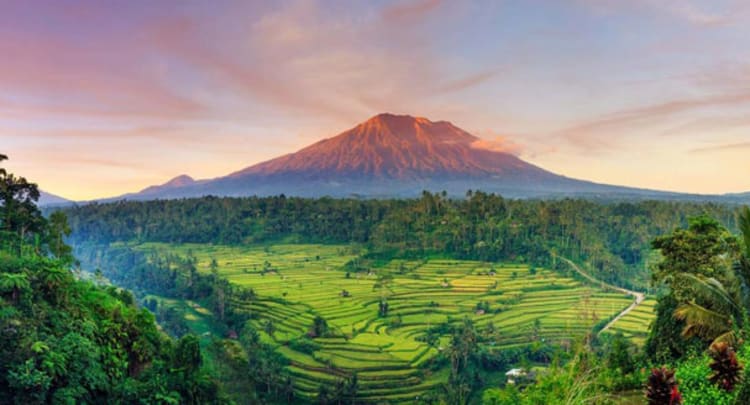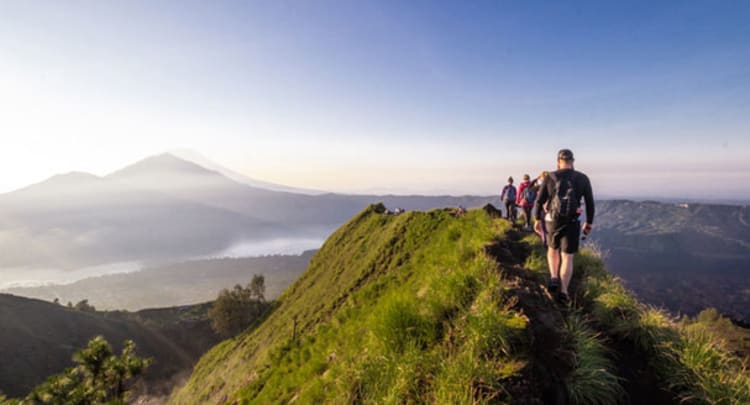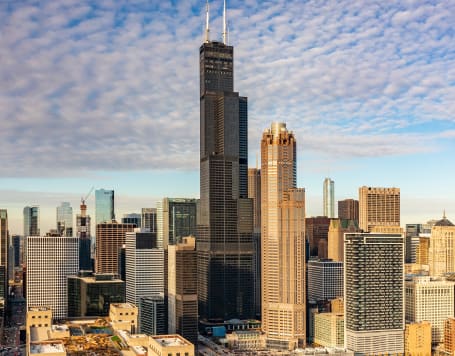The spiritual culture around Mt. Agung is deeply rooted in Balinese religion. For centuries, Balinese Hindus have worshiped the mountain and its surrounding area as the temples of Besakih and Pura Lempuyang are considered sacred sites within the region. The villages surrounding the mountain are strongly focused on maintaining their traditions and customs, which are reflected in their daily activities such as religious ceremonies, rituals, community meetings, festivals, and daily routines.
Mt. Agung is commonly referred to as ‘Navel Mountain’ or ‘Mother Mountain’ by locals and visitors alike because of its central location in Bali. The mountain is deeply respected by both Balinese Hindus and non-Hindus alike due to its spiritual symbol as the source of life. It also serves as a backdrop for many epic stories such as legendary tales about gods and goddesses that live at the peak of Mt. Agung; stories about brave warriors who fought for freedom; or folklores about stars that granted magical powers to warriors who conquered it.
In terms of spirituality and culture, Mt. Agung holds a major significance for Balinese Hindus that continues to thrive today through ceremonies such as Melasti that allow worshippers to make offerings to appease gods from all directions, or when devotees make a pilgrimage up the mountain during Galungan festival to get closer to Mt. Agung's deities for blessings.


























